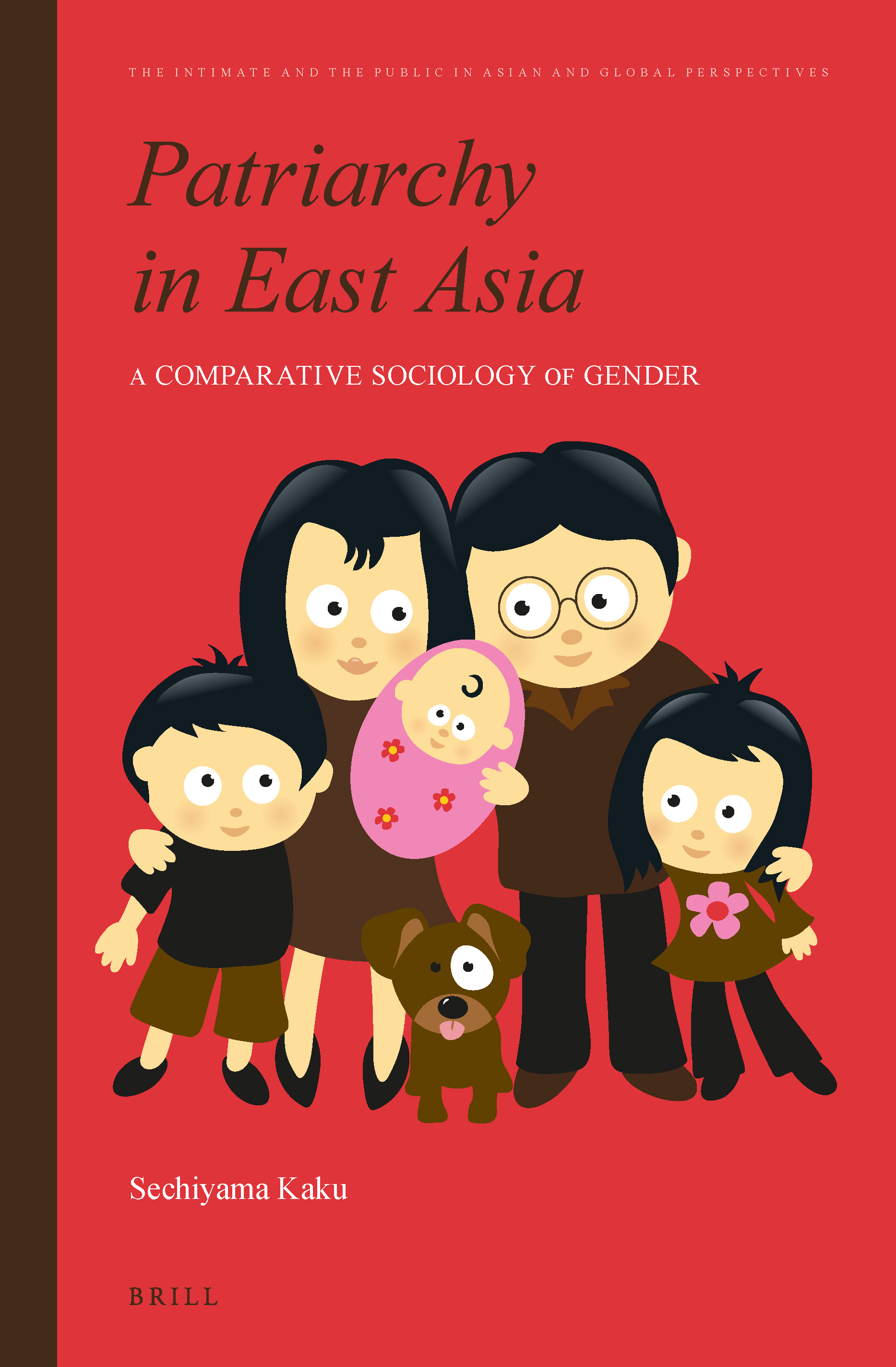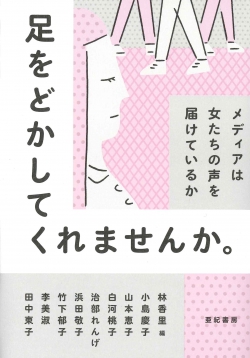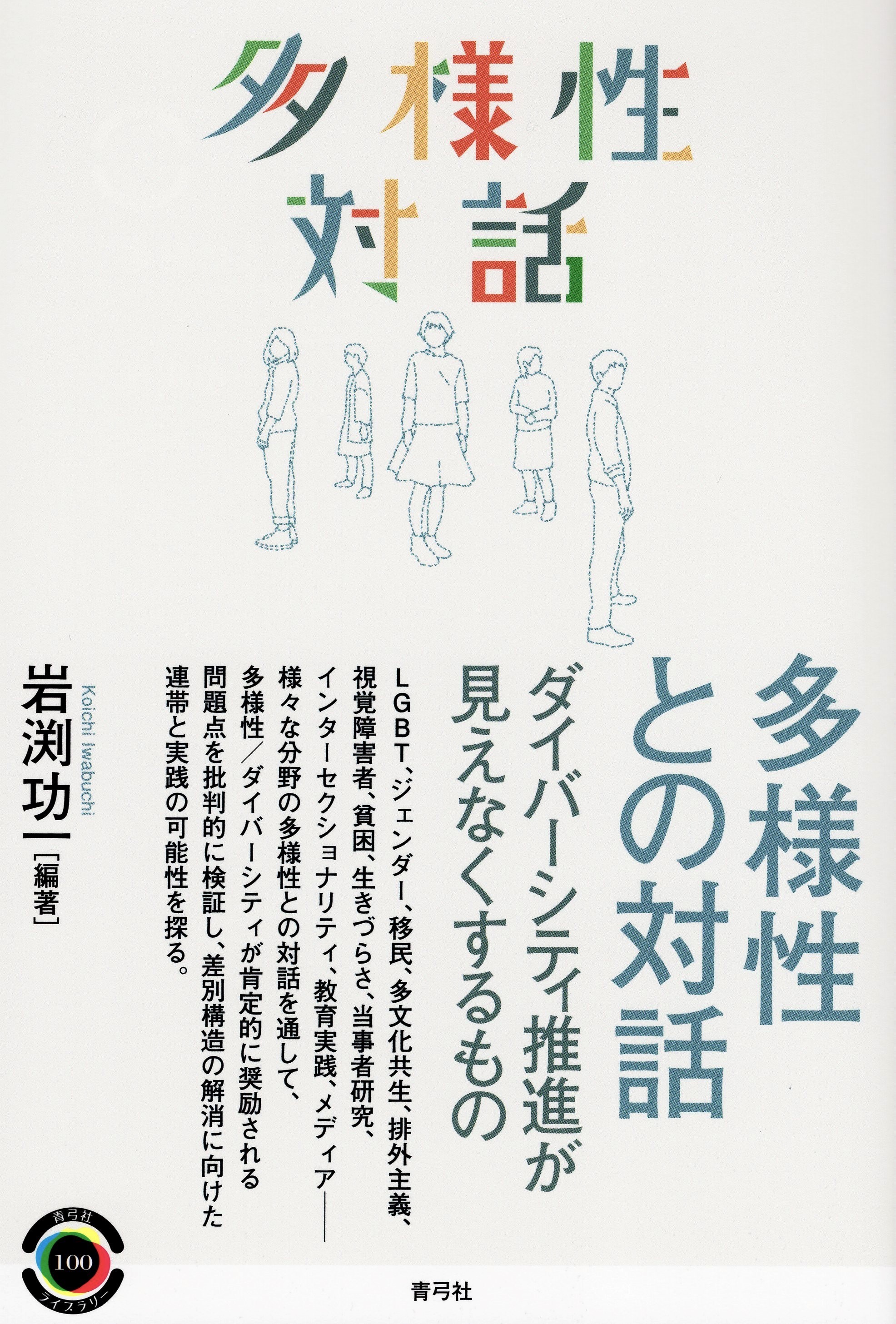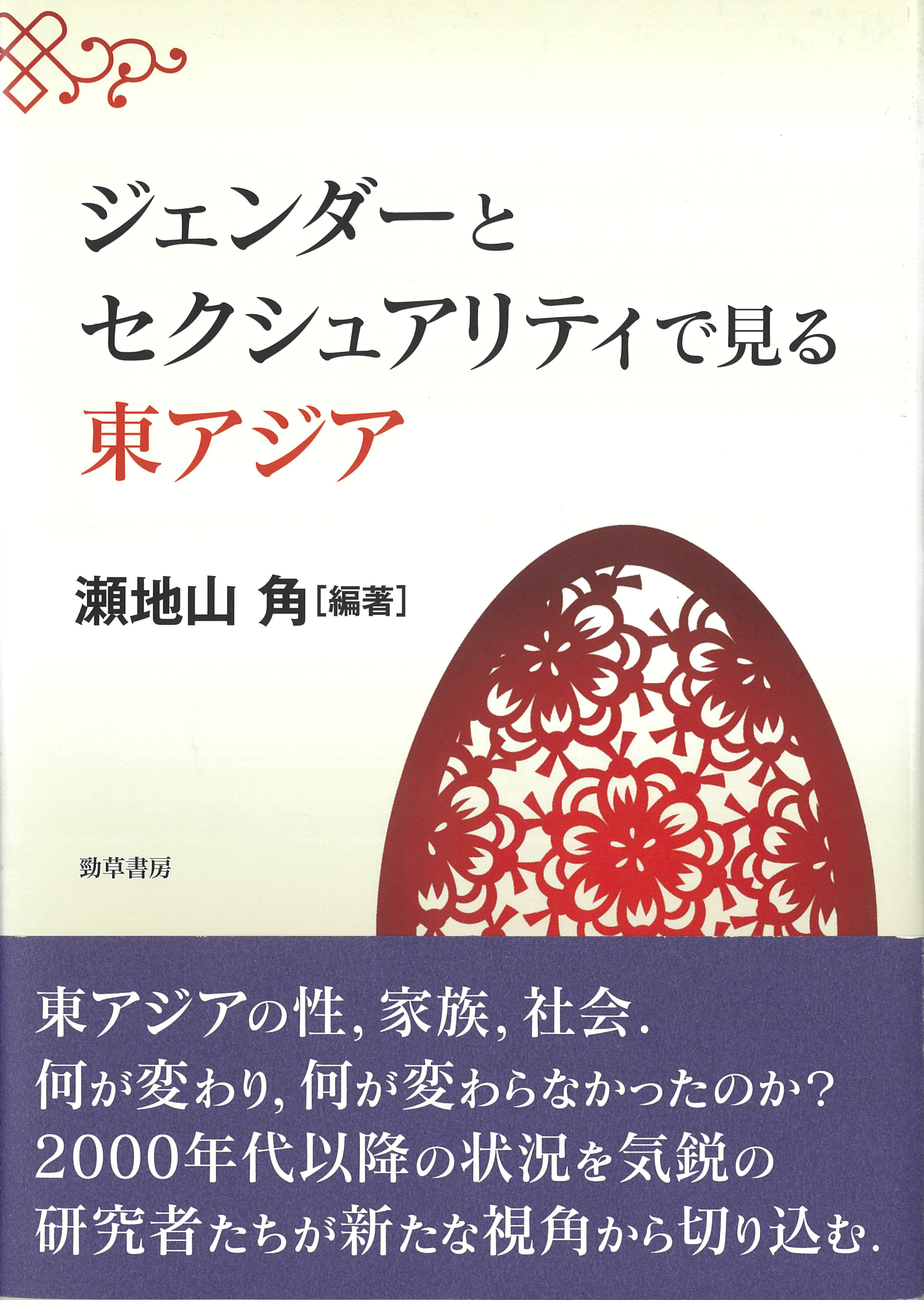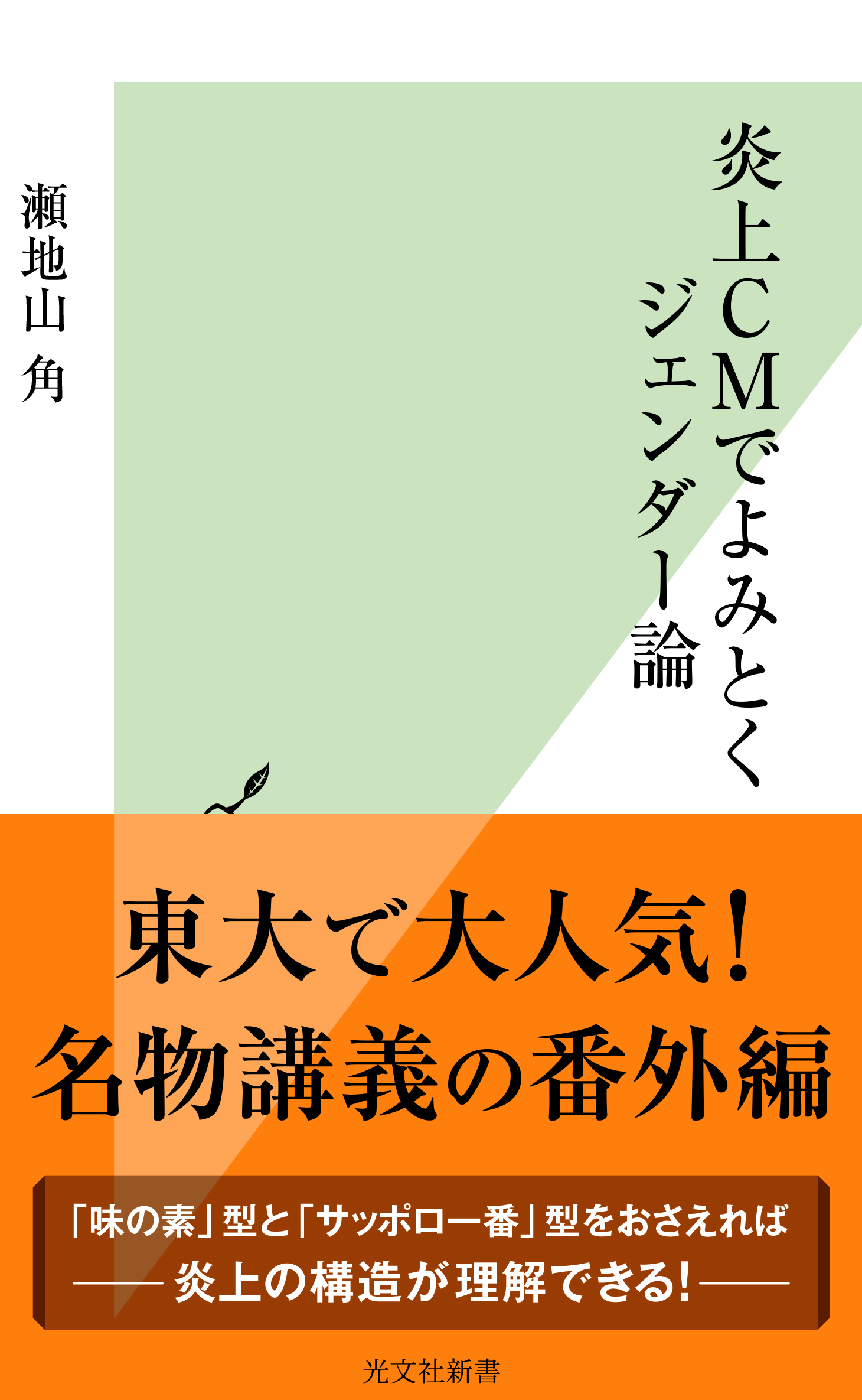
Title
Kobunsha Shinsho Enjō CM de yomitoku jendā ron (Gender Theory as Interpreted Through Controversial Commercials)
Size
263 pages, paperback pocket edition
Language
Japanese
Released
May 20, 2020
ISBN
978-4-334-04469-5
Published by
Kobunsha
Book Info
See Book Availability at Library
Japanese Page
Commercials made by corporations and local administrative bodies have become frequent sources of controversy in Japan since the decade of the 2010s. An examination of the commercials in question has revealed a certain pattern with common elements that this book classifies into the four quadrants explained below. Commercials that have been criticized for their gender presentations can be explained in terms of this pattern and its elements.
In making this study, however, we found that while there were commercials that were criticized in all four quadrants, there were also commercials that were not criticized or that were even positively received. This book explains why this is so and by comparing the two types of commercials shows how decisions based on mistaken assumptions can lead to criticism. Not a few newspapers and magazines reviewers have described this book as a critique of commercials.
But this book is intended to be an introduction to gender theory. University of Tokyo students are all aware of the lectures on gender theory that take place in the College of Arts and Sciences. Many of the commercials discussed in this book are also covered in these lectures. In fact, the starting point of this book, in addition to critiquing commercials, was to use commercials as a teaching tool to encourage students to think about their future. With this in mind, this book covers many topics of immediate interest to students as they consider their future: advice to single men on the criteria they need to meet as marriage partners, for example, and an explanation of why women students at the University of Tokyo have in many respects already won the lottery.
In addition to gender issues, this book also covers the issues of diverse minorities, including sexual minorities, and discusses the politics of words (word usage). These are also topics covered by some of my lectures and are essential knowledge for University of Tokyo students who are likely to hold positions of responsibility in the future. It should be evident after reading this book that there is no pretending “I didn’t know.”
I also look at why women have for a long time accounted for no more than 20% of the total student population at the University of Tokyo and the systemic discrimination that contributes to this. I would like to see male students develop a greater awareness of these circumstances.
I have tried to use as little specialized terminology as possible so that University of Tokyo undergraduates can use this book to learn the basics of gender theory. It is my hope that this book will be widely read, not just by students who have attended my lectures but by others as well.
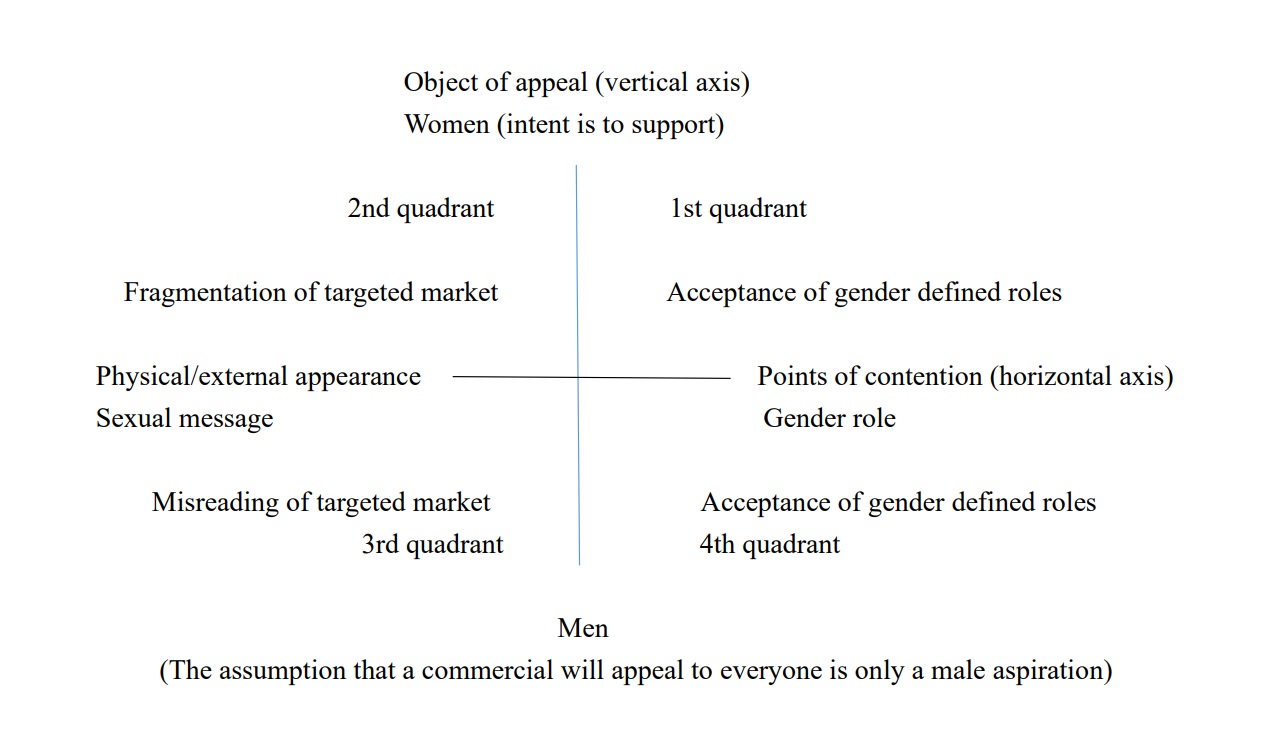
(Written by SECHIYAMA Kaku, Professor, Graduate School of Arts and Sciences / 2020)
Related Info
SECHIYAMA Kaku
Born in Nara Prefecture in 1963. Has a Ph.D. from the University of Tokyo Graduate School of Arts and Sciences. After serving in various posts, including assistant at the School of Humanities and Human Sciences at Hokkaido University, became a professor at the University of Tokyo Graduate School of Arts and Sciences in 2009. Prior to this appointment he studied in Korea at Seoul University and held positions as a visiting researcher at Harvard and the University of California, Berkeley. His specialty is gender theory. Publications include Jendā to sekushiariti de miru Higashi Ajia (East Asia as Seen in Terms of Gender and Sexuality; a compilation), Owarai jendā ron (The Theory of Gender Comedy), and Higashi Ajia no kafuchōsei (The East Asian Patriarchal System) (all from Keisoshobo), and Shin chi no gihō (New Techniques of Knowledge; co-author, published by the University of Tokyo Press).



 Find a book
Find a book


